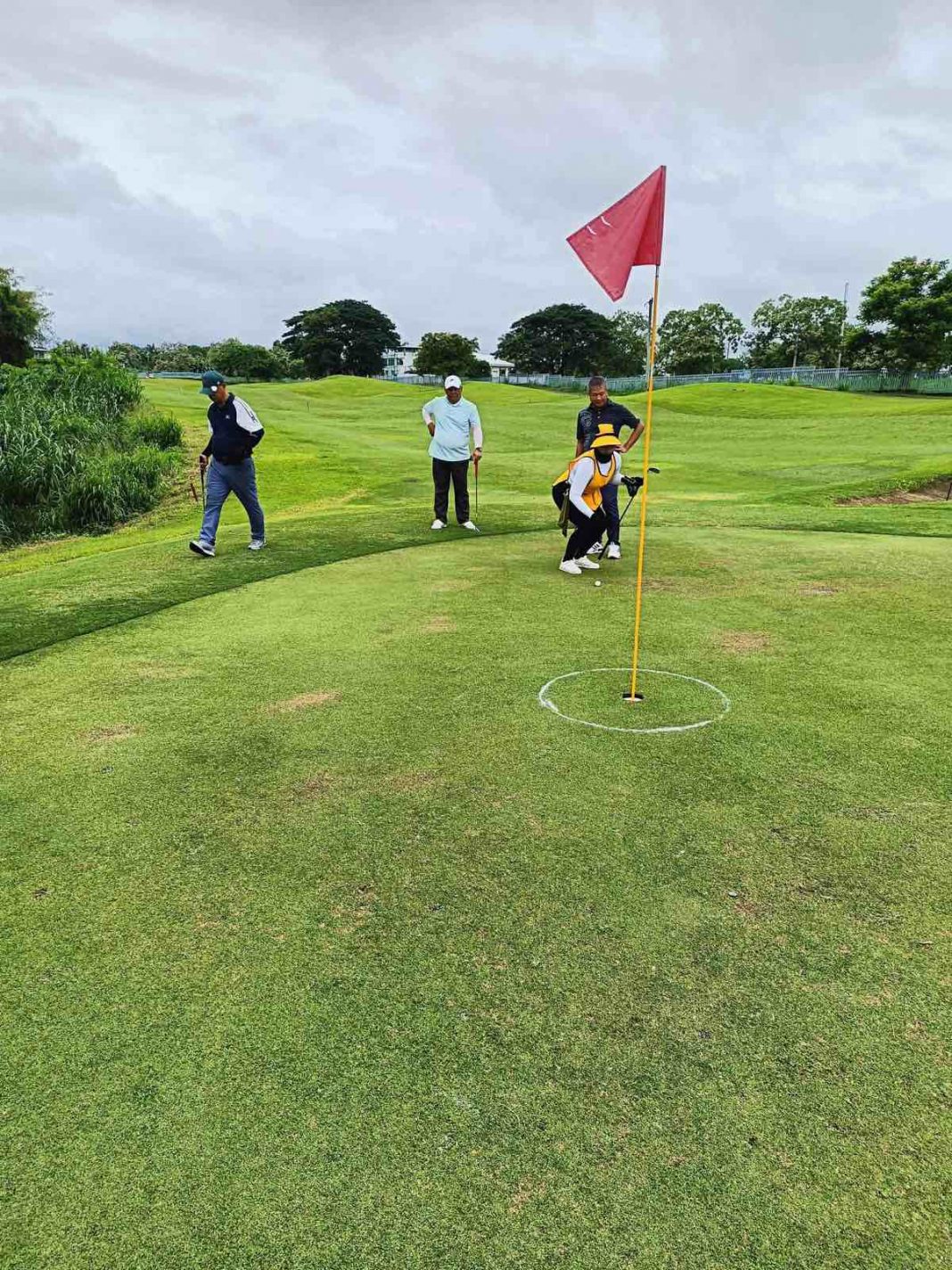Following a post-pandemic boom, the golf course property market has seen flat growth since 2023. In response, many golf share owners are opting to rent out their playing rights annually rather than sell their shares—an arrangement increasingly favored by prospective golfers as well.
This was the key takeaway from Roy Golez, director of Leechiu Property Consultants, during the firm’s Q2 2025 Philippine Property Market Report.
According to Golez, a study they conducted last year on golf courses in northern and southern Philippines revealed that the market has remained relatively stagnant since 2023. He noted that although the sector experienced a boom immediately after the pandemic—when golf was one of the few activities allowed to operate—it has since plateaued.
Renting
The current trend among golfers is to rent playing rights from a club member for a year. This setup is proving to be more practical, as renters are treated the same as regular members and enjoy full access to club amenities—at a significantly lower cost. Annual rental rates typically range from PHP100,000 to PHP300,000, compared to membership shares that can cost millions, depending on the prestige of the golf club.
Many golfers also prefer the flexibility of playing at different clubs by renting rights across multiple locations.
On the other hand, club share owners who no longer actively use their memberships find this arrangement beneficial. Instead of letting their shares go idle, they earn income through rentals. Renters also shoulder monthly dues, and, like renters, many shareowners hold memberships in multiple clubs.
For example, Golez said, “A club share owner in Tagaytay Highlands is already old but doesn’t want to sell it because he’s going to give it to his son. But the son doesn’t use it. Since he is not also using it, he resorts to renting it. Lots of people are just renting,” he said.
“We’re still seeing a lot of patronage because people are renting,” he added. “If they’re rich enough, they buy shares, but the more prudent practice is buy the playing rights.”
The renters are a mix of local and foreign investors. In Clark, for instance, the renters are predominantly Korean. “We’re like the top destinations in South Korea,” Golez said.
No oversupply
Addressing concerns about oversupply, Golez dismissed suggestions of a glut in golf course development in the country. He emphasized that the Philippines currently has only 125 golf courses—roughly half of Malaysia’s 240. In comparison, Thailand has 315, Indonesia 177, and Myanmar 118. At least seven new golf course projects are in the pipeline.
The Philippines remains one of the more affordable destinations in Southeast Asia for golf enthusiasts. Japanese golf fans even travel to the country on weekends, as it is cheaper to fly to the Philippines and play than to golf in Japan.




